3654 results in ebooks in fluid mechanics
Preface to Dynamics: Theory and Applications
-
-
- Book:
- Dynamics
- Published online:
- 05 February 2016
- Print publication:
- 09 March 2016, pp xi-xiv
-
- Chapter
- Export citation
5 - Generalized Forces
-
- Book:
- Dynamics
- Published online:
- 05 February 2016
- Print publication:
- 09 March 2016, pp 100-133
-
- Chapter
- Export citation
Contents
-
- Book:
- Dynamics
- Published online:
- 05 February 2016
- Print publication:
- 09 March 2016, pp v-viii
-
- Chapter
- Export citation
6 - Constraint Forces, Constraint Torques
-
- Book:
- Dynamics
- Published online:
- 05 February 2016
- Print publication:
- 09 March 2016, pp 134-162
-
- Chapter
- Export citation
Problem Sets
-
- Book:
- Dynamics
- Published online:
- 05 February 2016
- Print publication:
- 09 March 2016, pp 353-482
-
- Chapter
- Export citation
8 - Formulation of Equations of Motion
-
- Book:
- Dynamics
- Published online:
- 05 February 2016
- Print publication:
- 09 March 2016, pp 191-239
-
- Chapter
- Export citation
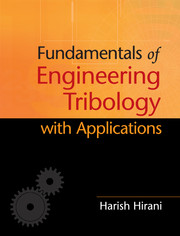
Fundamentals of Engineering Tribology with Applications
-
- Published online:
- 05 March 2016
- Print publication:
- 11 March 2016
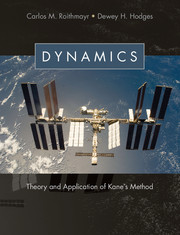
Dynamics
- Theory and Application of Kane's Method
-
- Published online:
- 05 February 2016
- Print publication:
- 09 March 2016
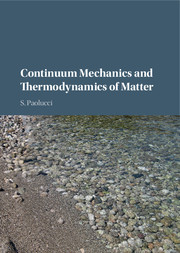
Continuum Mechanics and Thermodynamics of Matter
-
- Published online:
- 05 February 2016
- Print publication:
- 25 January 2016
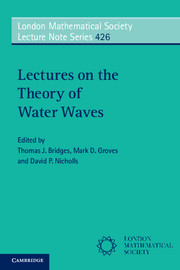
Lectures on the Theory of Water Waves
-
- Published online:
- 05 February 2016
- Print publication:
- 04 February 2016
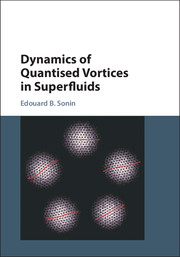
Dynamics of Quantised Vortices in Superfluids
-
- Published online:
- 05 February 2016
- Print publication:
- 04 February 2016
Contents
-
- Book:
- Lectures on the Theory of Water Waves
- Published online:
- 05 February 2016
- Print publication:
- 04 February 2016, pp v-x
-
- Chapter
- Export citation
10 - Vortex dynamics and hydrodynamics of a chiral superfluid
-
- Book:
- Dynamics of Quantised Vortices in Superfluids
- Published online:
- 05 February 2016
- Print publication:
- 04 February 2016, pp 271-289
-
- Chapter
- Export citation
7 - Validity and Non-Validity of the Nonlinear Schrödinger Equation as a Model for Water Waves
-
-
- Book:
- Lectures on the Theory of Water Waves
- Published online:
- 05 February 2016
- Print publication:
- 04 February 2016, pp 121-139
-
- Chapter
- Export citation
10 - Conformal Mapping and Complex Topographies
-
-
- Book:
- Lectures on the Theory of Water Waves
- Published online:
- 05 February 2016
- Print publication:
- 04 February 2016, pp 203-225
-
- Chapter
- Export citation
Contents
-
- Book:
- Dynamics of Quantised Vortices in Superfluids
- Published online:
- 05 February 2016
- Print publication:
- 04 February 2016, pp v-x
-
- Chapter
- Export citation
11 - Nucleation of vortices
-
- Book:
- Dynamics of Quantised Vortices in Superfluids
- Published online:
- 05 February 2016
- Print publication:
- 04 February 2016, pp 290-307
-
- Chapter
- Export citation
Preface
-
-
- Book:
- Dynamics of Quantised Vortices in Superfluids
- Published online:
- 05 February 2016
- Print publication:
- 04 February 2016, pp xi-xviii
-
- Chapter
- Export citation
7 - Boundary problems in two-fluid hydrodynamics
-
- Book:
- Dynamics of Quantised Vortices in Superfluids
- Published online:
- 05 February 2016
- Print publication:
- 04 February 2016, pp 194-212
-
- Chapter
- Export citation
6 - Vortex dynamics in two-fluid hydrodynamics
-
- Book:
- Dynamics of Quantised Vortices in Superfluids
- Published online:
- 05 February 2016
- Print publication:
- 04 February 2016, pp 167-193
-
- Chapter
- Export citation
